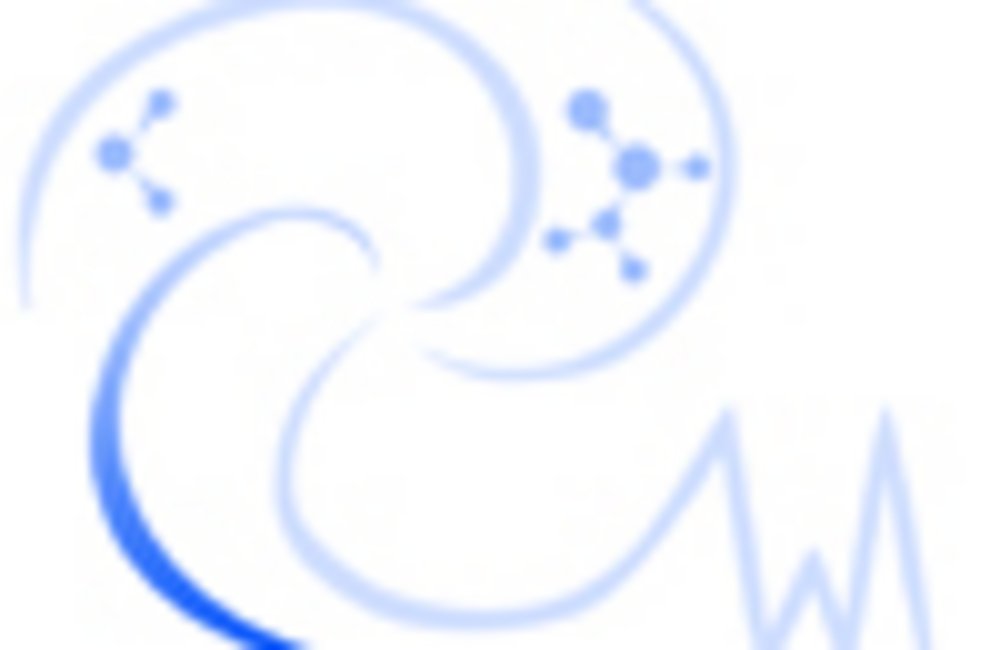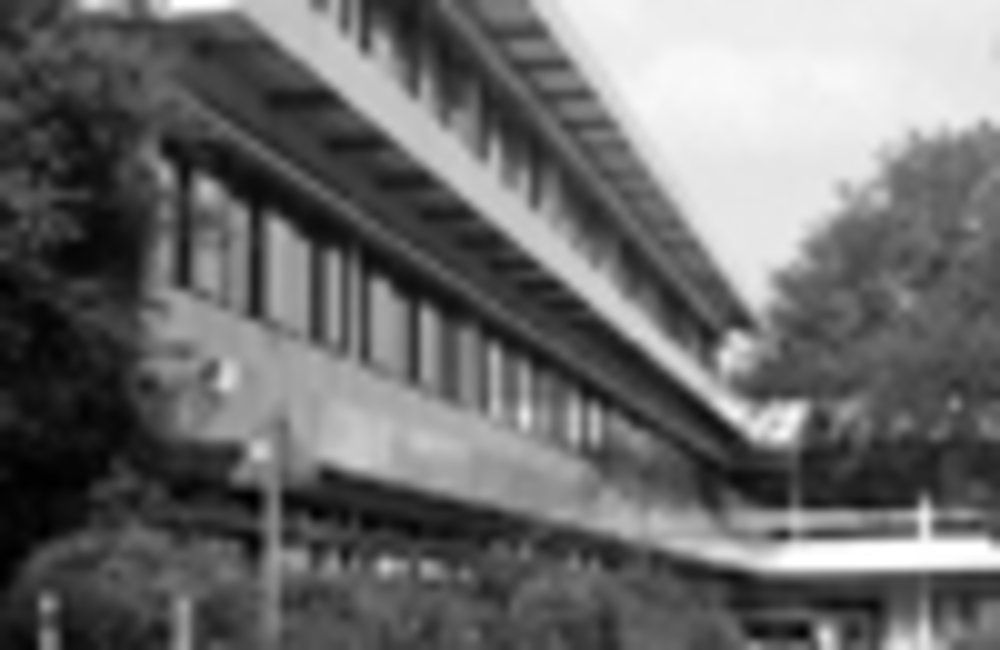
An fünf Instituten werden aktuelle Fragen in den Bereichen Astronomie, experimentelle Festkörperphysik, Kernphysik, biologische Physik und theoretische Physik untersucht. Informationen zu den Forschungsarbeiten der einzelnen Gruppen finden sich auf den Seiten der Institute.
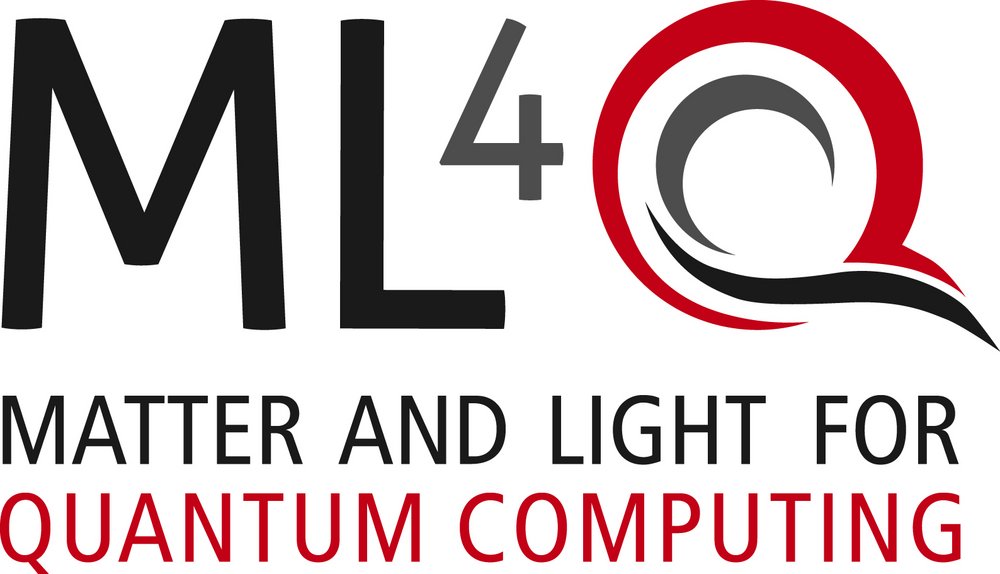
Materie und Licht für Quanteninformation (ML4Q) ist ein Exzellenzcluster, der seit 2019 im Rahmen der Exzellenzstrategie der Deutschen Forschungsgemeinschaft (DFG) gefördert wird. ML4Q ist ein Verbundprojekt der Universitäten Köln, Aachen, Bonn sowie des Forschungszentrums Jülich.

Within QM2, researchers of mathematics, experimental and theoretical physics, anorganic and physical chemistry and crystallography collaborate to unravel the properties of quantum matter.
Im SFB 956 werden beobachtende, theoretische und Laborastrophysik mit der Entwicklung neuster astronomischer Instrumentierungstechnik verknüpft, um die Bedingungen und Auswirkungen der Sternentstehung auf das interstellare Medium (ISM) zu untersuchen. Der SFB 956 liefert das grundlegende Verständnis der Bedingungen der Sternentstehung und etabliert ein breites internationales wissenschaftliches Netzwerk.
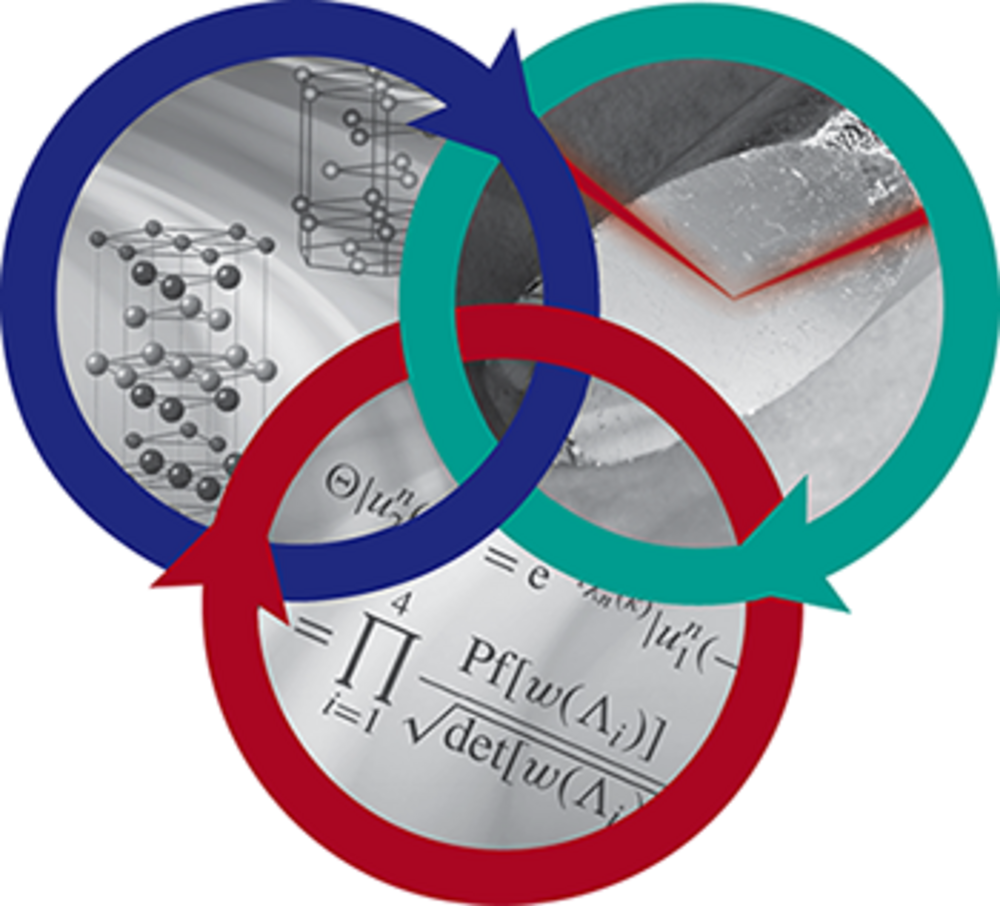
The CRC will consolidate Cologne as a leading international center within quantum condensed-matter physics. Our vision is to discover, understand, and control novel collective phenomena in quantum materials arising from the interplay of spin-orbit coupling, correlations, and topology. The resulting advances in materials science are a strong driver of technological innovations and thereby shape our daily life.
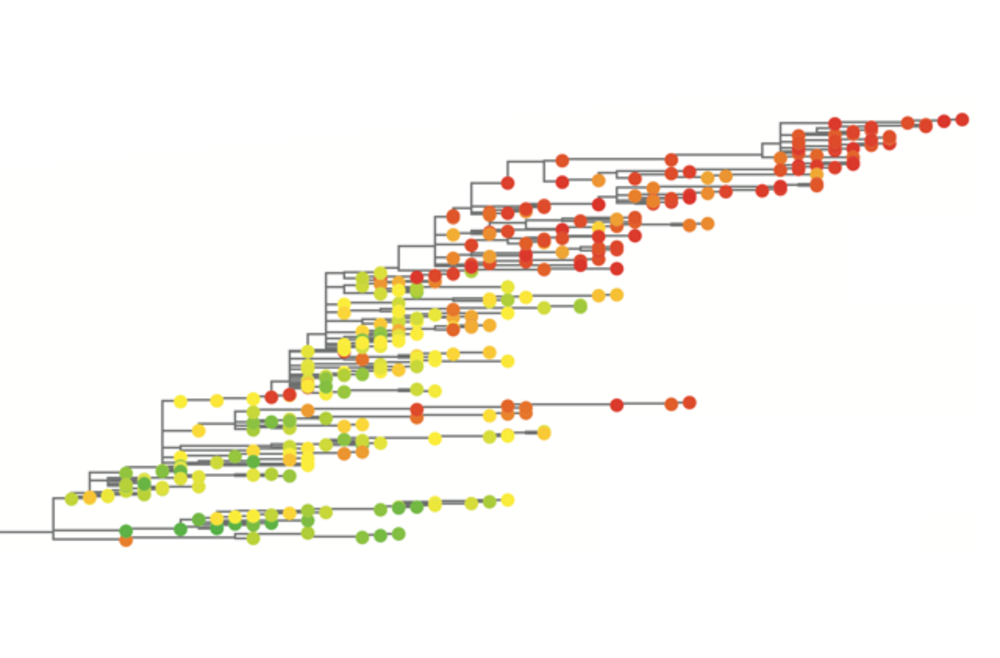
Can we predict pathways and outcomes of future evolutionary processes? We work on this question in fast-evolving systems: microbial populations in the laboratory, viruses and immune repertoires, and cancer cell populations. We build predictive approaches for the evolution of drug resistance and antigenicity in pathogens and of the immune answer in their hosts. This involves key input from biophysics and modern statistical physics. Applications include the design of antibiotics, of vaccines for influenza, and of therapies for HIV and cancer.
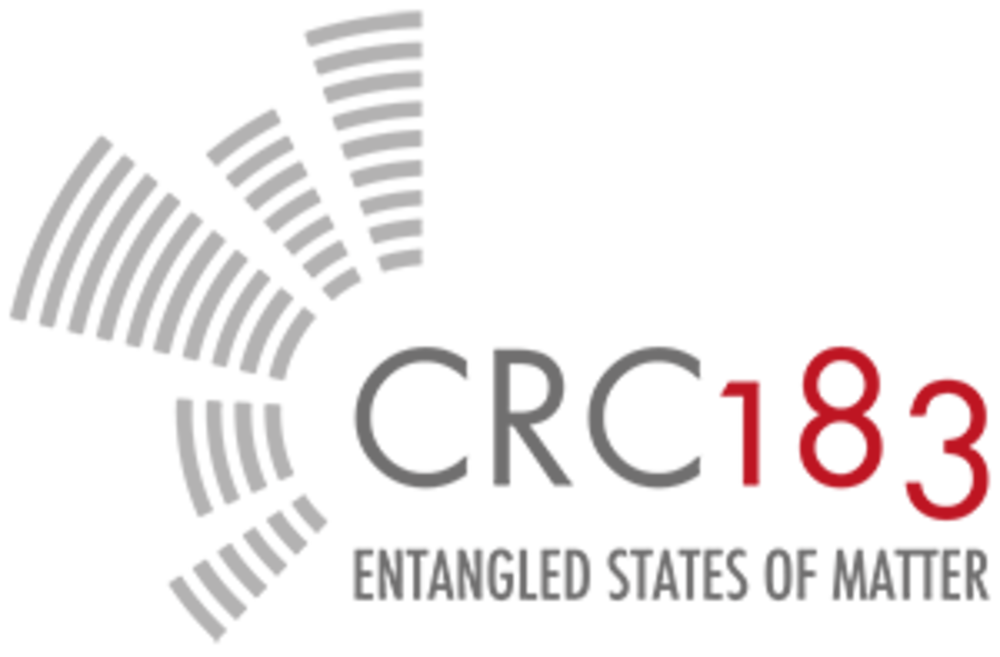
Complex quantum systems may realize entangled states, i.e. superpositions of fundamentally distinct physical states at the same time. For example, where the bits of a classical computer can only assume two mutually exclusive values ‘on’ and ‘off’, a quantum bit can be in a simultaneous superposition of an ‘on’ and an ‘off’ state. As a consequence, a multi-bit ‘quantum computer’ would be able to process information in ways far more powerful than what is classically possible today. Quantum superpositions, however, are highly vulnerable to environmental perturbations such as radiation, noise, or other sources of quantum wave decoherence — the main reason why such type of quantum information processing has not become a reality yet.
The mission of CRC 183 is to overcome these challenges within the context of condensed matter physics. A salient feature of entangled quantum matter is that the large number of atomistic constituents forming a solid may mutually protect each other against the detrimental effects of decoherence. Within CRC 183 we do research on these protective mechanisms, their implications in quantum information theory, and the ensuing perspectives in the design and realization of quantum devices. The long term agenda of the project is to work towards the realization of solid state quantum information devices.
